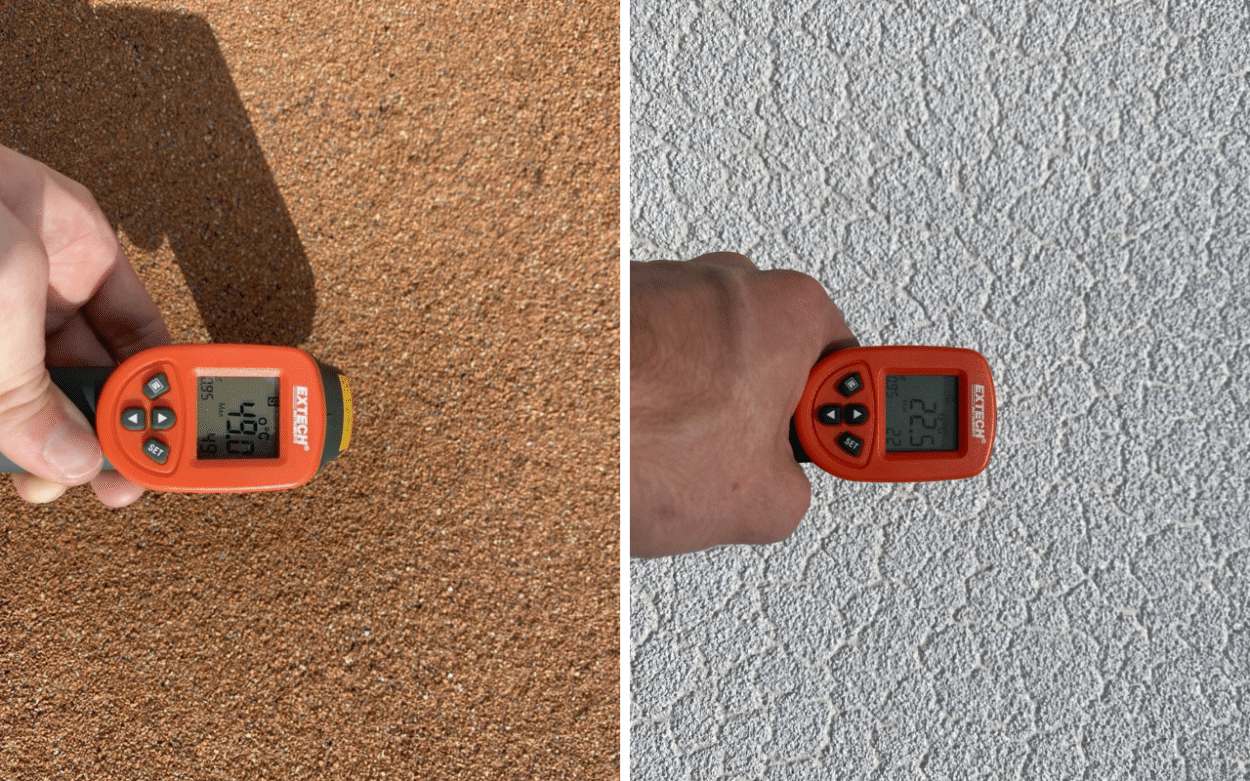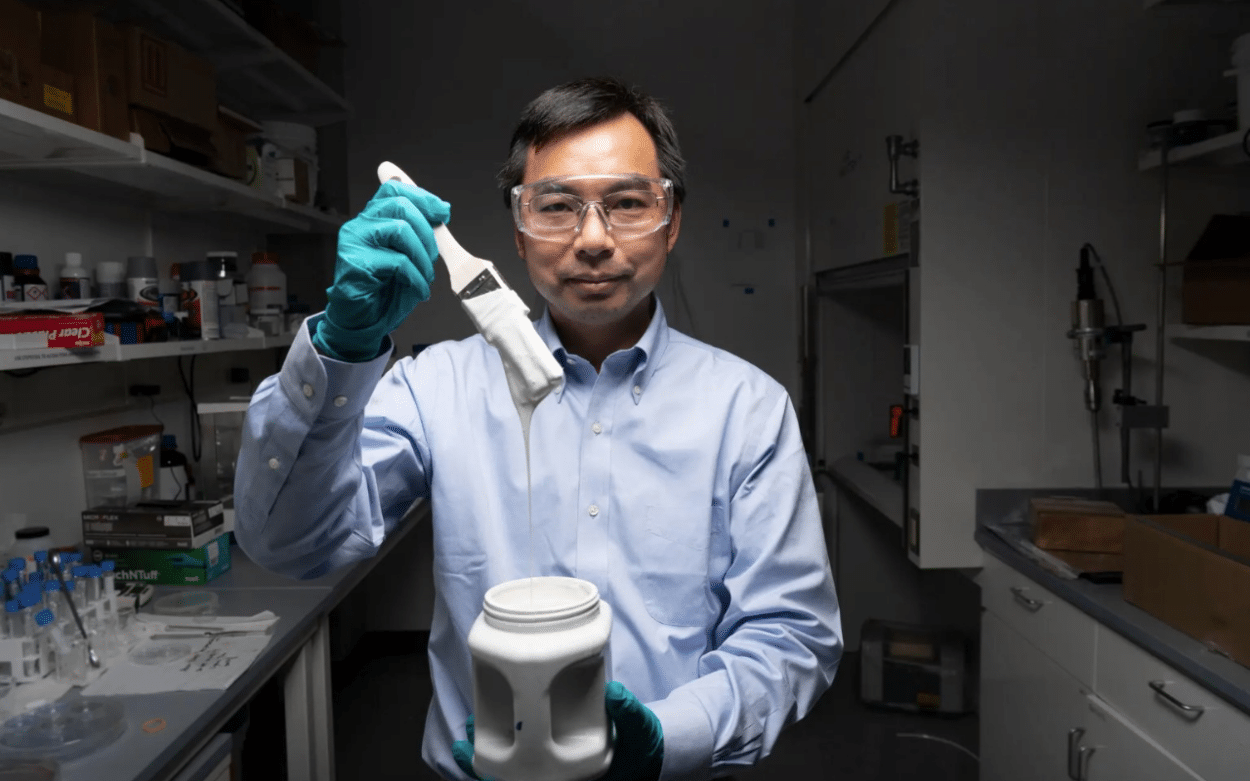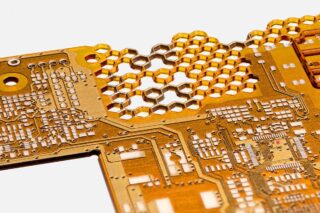As the world increasingly seeks eco-friendly alternatives to traditional energy sources, white paint offers a promising solution to harness the sun’s energy and pave the way for a more sustainable and environmentally conscious approach to building and construction.
In the pursuit of a more sustainable future, innovative technologies are emerging. For example, scientists are working on the development of reflective materials, including paint, coatings, and films, to passively cool the Earth. These materials utilize principles of physics, enabling thermal energy to escape Earth through specific wavelengths via the transparency or sky window in the atmosphere and dissipate into deep space.
Another promising technology currently under development is photovoltaic paint, which aims to harness sunlight to allow buildings to generate clean energy.
We have selected 3 promising technologies that seek to harness the power of paint.
1/ The Reflective Paint
SOLAR PAINT, France
French company SOLAR PAINT has introduced SOLARCOAT®, an innovative reflective paint designed to cool building interiors. By applying this white and reflective paint on roofs, it achieves, the company says, a remarkable solar reflection rate of over 92%.
As a result, it reduces indoor temperatures by an average of 5°C during summer, almost removing the need for air conditioning and leading to substantial energy savings.
For instance, in a large supermarket with an annual energy bill of approximately 500,000 euros, repainting the building with SOLARCOAT® could result in up to 30% energy savings.
SOLARCOAT® is composed of water-based paint infused with natural ingredients and recycled materials like broken glass. In an interview with DirectIndustry, Olivier Monge, Director of Studies & Methods at SOLAR PAINT
“We have developed an oxidizing product, designed with a French paint manufacturer, with precise components. Among these components, there is recycled glass and a resin that gives flexibility to the paint. This paint, which looks a bit like a pool liner, is a little over 2 mm thick. Once applied in two layers, it rejects 92% of the sun’s rays that fall on a building. This means that heat is no longer stored, or at least not as much as without the paint. Therefore the building needs to be cooled less.”
Monge also highlighted that the paint can be applied on bituminous structures, raw concrete, and steel tanks, and requires no maintenance. The cost of the solution is around 20 euros per square meter.

2/ The Whitest Paint
Purdue University, USA
Scientists at Purdue University in the United States have also created a white paint that, when applied, can reduce the surface temperature on a roof and cool the building beneath it, the New York Times recently reported.
In 2020, Xiulin Ruan, a mechanical engineering professor at Purdue University and his team unveiled a white paint capable of reflecting 95% of the sun’s rays away from the Earth’s surface and into deep space. Later, they developed an even more potent formulation with 98% sunlight reflection.
According to the team, surfaces covered with this paint can become up to 8° Fahrenheit cooler than ambient air during the day and up to 19° cooler at night. Likewise SOLAR PAINT’s technology, this cooling effect reduces indoor temperatures and lowers air-conditioning needs by up to 40%, making it an energy-efficient alternative.
Dr. Ruan said in an interview with our New York Times fellows:
“We weren’t really trying to develop the world’s whitest paint. We wanted to help with climate change, and now it’s more of a crisis and getting worse. We wanted to see if it was possible to help save energy while cooling down the Earth.”
In 2021, Guinness recognized it as the whitest paint ever. Originally designed for rooftops, the paint has sparked interest from various industries, including clothing, footwear, automotive, and aerospace. Last year, Dr. Ruan’s team unveiled a more lightweight version, that is able to reflect heat from vehicles. The team is also working on colored paints using this ultra-white paint as a base.
The New York Times reports that commercial use of the paint is still at least a year away, as efforts are being made to enhance its durability and resistance to dirt.

3/ The Photovoltaic Paint
Australia’s Royal Melbourne Institute of Technology, Australia
Researchers at Australia’s Royal Melbourne Institute of Technology (RMIT) have developed a photovoltaic paint capable of generating electricity autonomously
The paint is made with polymer plastic combined with titanium oxide nanoparticles and a synthetic variant of molybdenum disulfide. This combination creates a paint that produces hydrogen through its catalytic effect. The generated hydrogen can then be stored in fuel cells or used as fuel in an engine. Additionally, the use of titanium dioxide as the paint’s pigment, being white, optimally reflects light.
One advantage of this technology is its versatility, as it can be applied to all types of buildings and paintable surfaces (facades, roofs) and even vehicles.
While the technology is still in the prototype stage, researchers believe that commercialization could begin within a few years.










